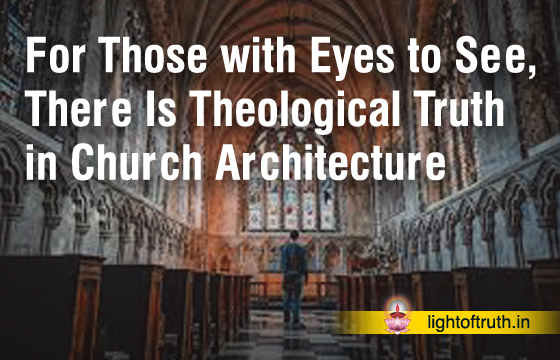Azadi ka Amrit Mahotsav Kolkata event honours four Clergymen
Pope Francis asks businesses to support working women: They’re ‘afraid to get pregnant’
Study: Christianity may lose majority, plurality status in U.S. by 2070
Indian politician declines Magsaysay Award under party pressure
Like John Paul II, Pope Francis heads to Kazakhstan during time of war

God is bigger than a church building. He reveals himself to us in myriad ways: through the Bible savoured in silence or thundered in a sermon, through prayerful solitude or bread broken with others. He reveals himself in the contours of nature and whispers of wind. We do not rely on church buildings for divine encounter.
And yet churches can reveal God to us. If we pay attention.
As an architect, I am learning how to read buildings. In the same way musicians must be musically literate, architects must be architecturally literate. A musician must be constantly exposed to a range of composi-tions to develop musical literacy; an architect must engage all kinds of buildings to be able to read them. This isn’t simply a matter of naming specific styles or not-ing unique details. It’s learning to understand what statements or narratives are embedded within the design of a building.
So, I study churches. Church, of course, is a weekly rhythm of small group, choir practice, Bible study, Sunday school, and an inevitable potluck. Church is community and fellowship and belonging. More broadly, there is “one holy, catholic and apo-stolic church” that spans time and culture. But there are also these buildings that often hide in plain sight.
Embedded in every church is a theology that reminds us of our relationship to God through Chri-st. If we can learn to read the buildings architecturally, through their elevation, plan, and section, we can grasp what the structures are communicating about God.
Leave a Comment